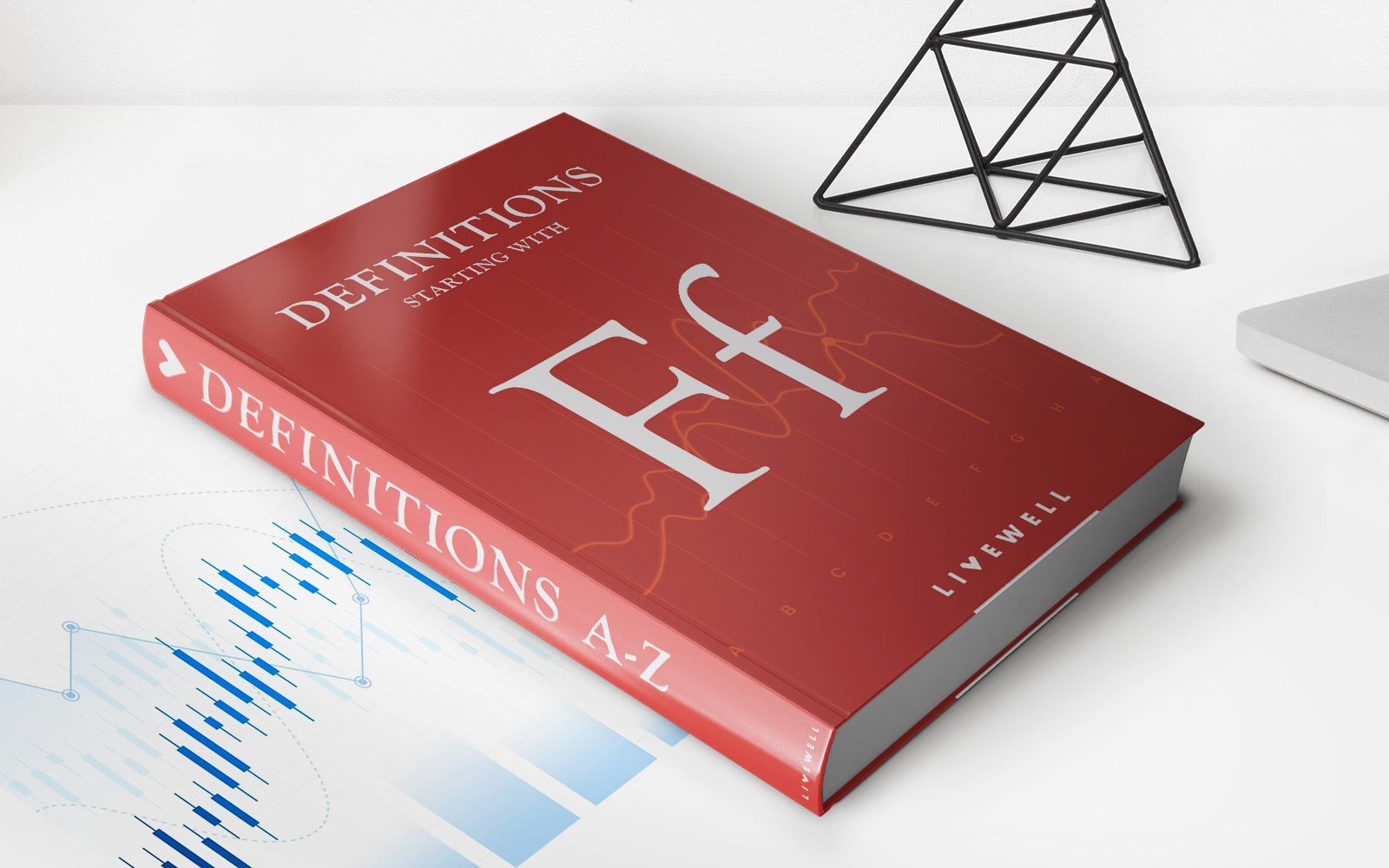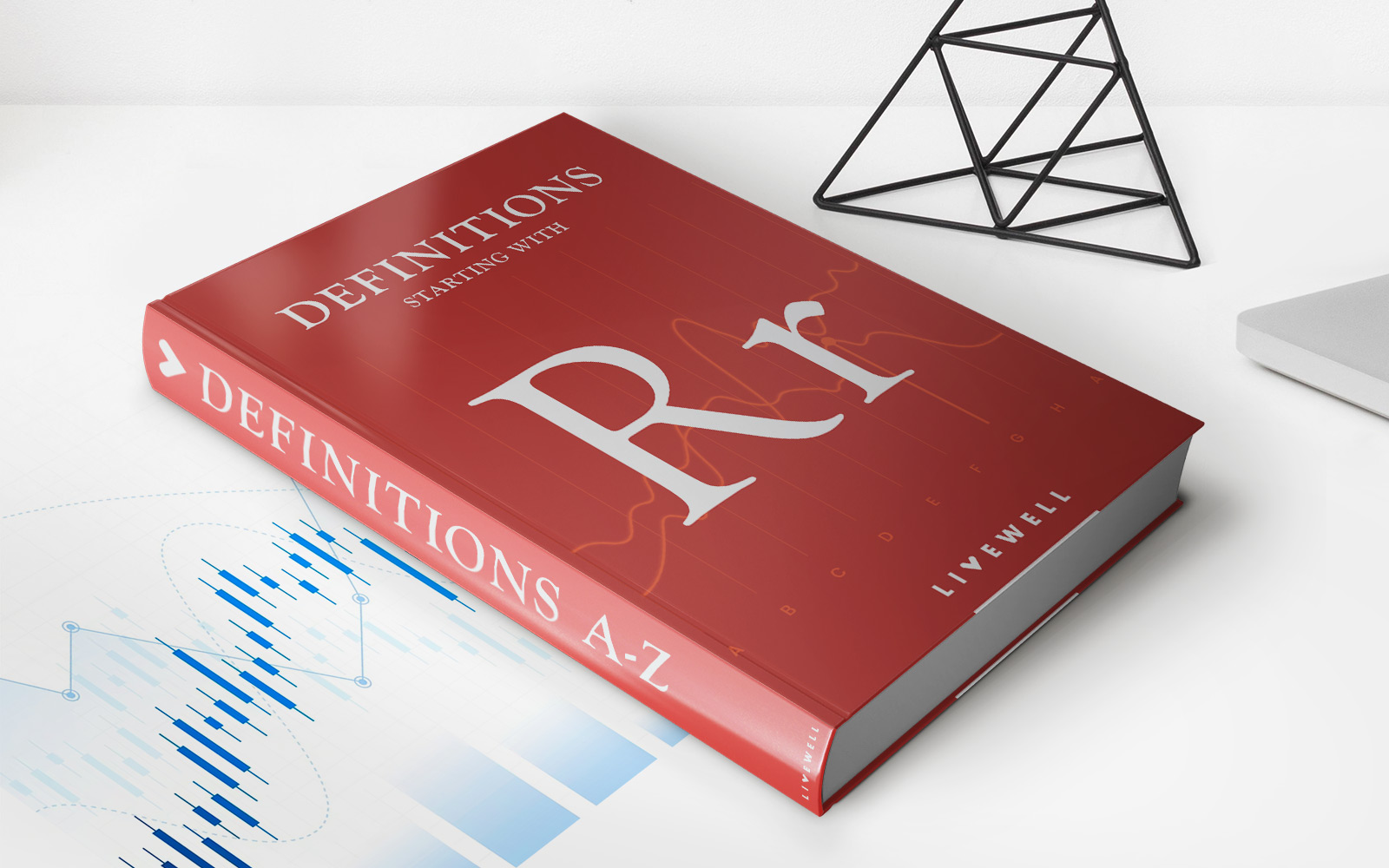Home>Finance>Forward Dividend Yield: Definition, Formula, Vs. Trailing Yield


Finance
Forward Dividend Yield: Definition, Formula, Vs. Trailing Yield
Published: November 27, 2023
Learn about the definition and formula for forward dividend yield in finance, and understand how it differs from trailing yield.
(Many of the links in this article redirect to a specific reviewed product. Your purchase of these products through affiliate links helps to generate commission for LiveWell, at no extra cost. Learn more)
Forward Dividend Yield: Definition, Formula, vs. Trailing Yield
Welcome to the finance category of our page! Today, we’ll be diving into the world of dividend investing and exploring the concept of forward dividend yield. If you’re wondering what forward dividend yield is, how it differs from trailing yield, and how it can impact your investment decisions, you’ve come to the right place. By the end of this article, you’ll have a clear understanding of this important metric and be able to make more informed choices when it comes to your investment portfolio.
Key Takeaways:
- Forward dividend yield is a financial metric that calculates the expected yield of a stock based on its projected dividend payments.
- Trailing yield, on the other hand, calculates the yield of a stock based on its historical dividend payments.
What is Forward Dividend Yield?
In simple terms, forward dividend yield is a financial metric that calculates the expected yield of a stock based on its projected dividend payments. It takes into account the future dividend payments that an investor can expect to receive relative to the price of the stock. By considering not only historical dividends but also future expectations, forward dividend yield provides a more accurate picture of the potential return on investment.
Calculating forward dividend yield involves dividing the projected annual dividend per share by the current stock price and expressing it as a percentage. It helps investors assess the income potential of a stock and compare it to other investment opportunities in the market. A higher forward dividend yield indicates a higher potential return on investment, making the stock more attractive to income-seeking investors.
Trailing Yield: A Comparison
Now, let’s take a look at how forward dividend yield differs from trailing yield. Trailing yield calculates the yield of a stock based on its historical dividend payments over a specific period, typically the previous 12 months. It provides investors with a snapshot of the actual dividend income they would have received if they had owned the stock during that period.
While trailing yield is useful for assessing the historical performance of a stock, it may not be as indicative of future potential as forward dividend yield. Market conditions, company performance, and dividend policies can change over time, making it crucial to consider projections when making investment decisions.
Incorporating Forward Dividend Yield in Investment Decisions
Now that we understand what forward dividend yield is and how it differs from trailing yield, you may be wondering how to incorporate this metric into your investment decisions. Here are a few key points to keep in mind:
- Consider your investment goals: If you’re seeking regular income from your investments, a higher forward dividend yield may be more appealing to you. However, if you’re looking for capital appreciation, other factors such as growth potential and risk management should be considered alongside the dividend yield.
- Compare with industry benchmarks: It’s crucial to compare the forward dividend yield of a stock with industry benchmarks and competitors. This will provide you with a broader perspective on the stock’s relative attractiveness and help you gauge its performance within the industry.
- Assess the sustainability of dividends: While high forward dividend yield can be enticing, it’s necessary to evaluate the sustainability of a company’s dividend payments. Factors such as cash flow, earnings stability, and the company’s dividend history can provide insights into the reliability of future dividends.
By incorporating forward dividend yield into your investment analysis, you can make more informed decisions and potentially enhance your portfolio’s income potential. Remember, it’s essential to evaluate other aspects of a stock as well, such as its fundamentals, growth prospects, and long-term sustainability.
In Conclusion
Forward dividend yield is a valuable metric that provides investors with insights into a stock’s potential income generation. Understanding the concept of forward dividend yield and how it differs from trailing yield is crucial for making informed investment decisions. By considering future dividend payments alongside historical performance, investors can better assess a stock’s income potential and align it with their investment objectives. So the next time you evaluate an investment opportunity, don’t forget to take a close look at the forward dividend yield!














